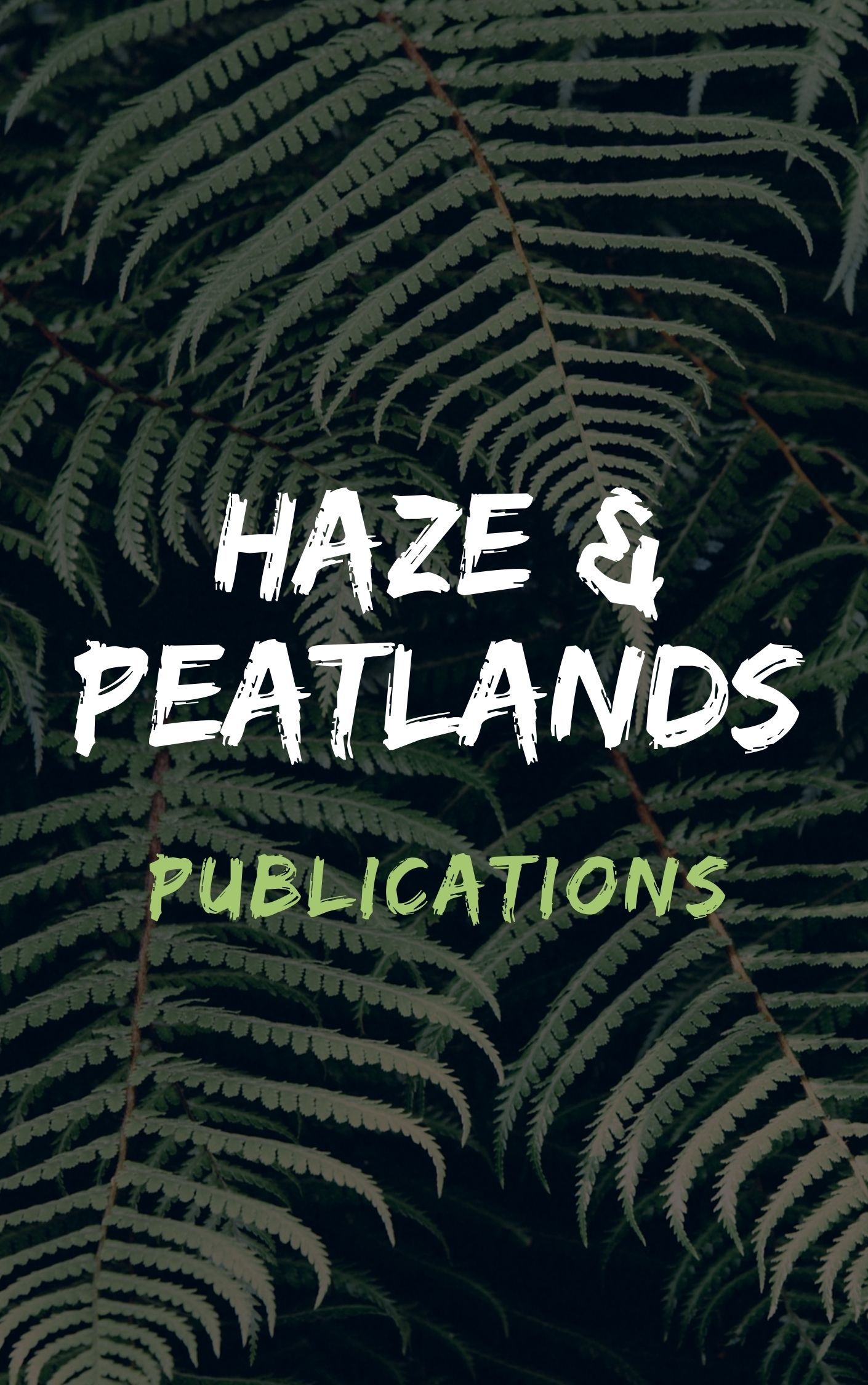Landscape-scale studies of community traits such as species richness and community composition are sorely needed to explore the impact of large-scale disturbance events such as ENSO (El Niño Southern Oscillation)-induced burning and habitat isolation on rain-forest communities. Here we assess butterflies in continuous forest, in unburned isolates surrounded by burned forest and in burned forest, in addition to areas sampled before the most recent (1997/98) large-scale burn event in Borneo. Overall levels of species richness were significantly higher pre-ENSO and in continuous forest than in unburned isolates and burned forest. There was, however, some variation among butterfly families in these patterns, with no significant differences among habitats (continuous forest, isolates and burned forest) for the Hesperiidae and significant differences for the other butterfly families. Patterns of community composition showed that similarity was greater between distant continuous forest and isolates than between either of these and burned forest. Since the unburned isolates were surrounded by the burned forest this indicates that the habitat (burned or unburned) overrides geographical differences. Dominant species that contributed substantially to differences among habitats were often completely absent from either burned or unburned forest. The combined patterns of species richness and community structure suggest that burning affects forest ecosystems by a replacement of dominant species while habitat isolation may affect areas by leading to the local extinction of rare species.
View source

